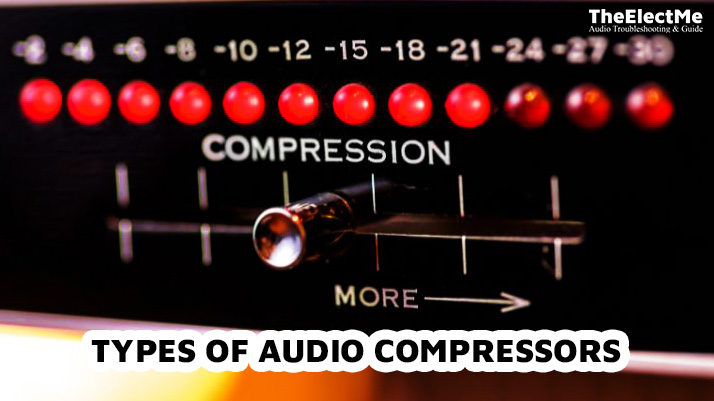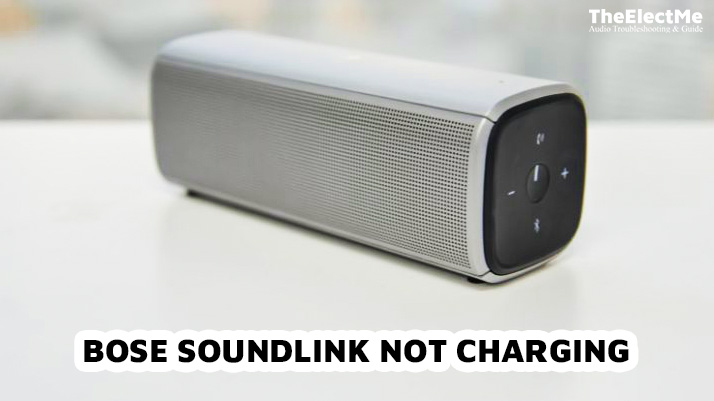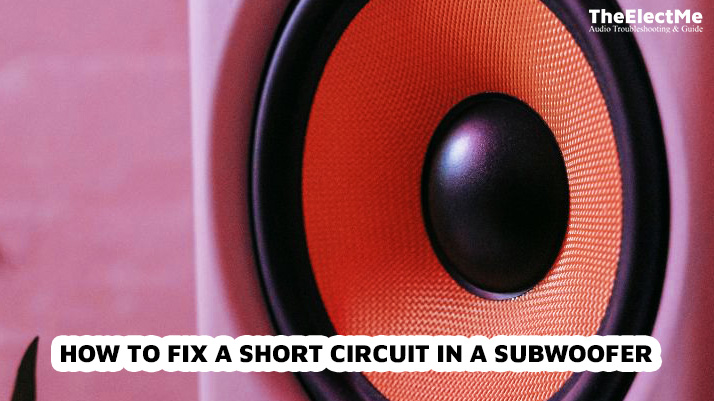PWM Compressors, VCA Compressors, FET compressors, and Optical compressors are the main types of audio compressors. Audio compression reduces the dynamic range of a signal, achieving a consistent and controlled sound.

Each type of compressor has its unique characteristics and operates in the world of audio production. Understanding these types of compressors is essential to achieve the desired sound for your project.
So, let’s dive in and explore the world of audio compression.
Understanding Audio Compressors
An audio compressor is a critical tool in sound engineering. Its main purpose is to regulate the dynamic range of an audio signal, which is the volume difference between the loudest and softest parts of a sound.
Like a meticulous librarian, an audio compressor categorizes sounds based on their volumes. It sounds that are too loud, or ‘peaks’, are toned down, while the quieter ones are amplified. This ensures clear and balanced audio, capturing every element from the bass to the melody and background notes.
The principle behind how audio compressors work is straightforward.
When a sound exceeds a predetermined threshold, the compressor reduces its volume by applying gain reduction. The output level of the audio signal is then brought back up to match the desired volume.
So, audio compressors “compress” the dynamic range of a signal to make it more consistent. Now, let’s explore the various types of audio compressors and delve into their compression methods.
Related: Hisense TV Audio Settings For Soundbar
6 Different Types Of Audio Compressors
A good understanding of each type of compressor will help you choose the most suitable one for your project. So, let’s take a closer look at the 6 main types of audio compressors and their unique features.
Type No.1: VCA Compressors
A VCA compressor, as the name suggests, uses voltage to control the level of amplification. Its fast response time makes it ideal for live performances where quick adjustments may be needed.
They also have a wide range of attack and release times, giving producers more control over the compression effect.
These compressors suit live sound mixing, mastering, and broadcast activities. The versatility of VCA compressors makes them a popular choice among sound engineers.

Type No.2: FET Compressors
A FET compressor uses Field Effect Transistors (FETs) to control the gain of an audio signal. They are known for their fast attack times and subtle saturation, giving a warm and rich sound.
FET compressors are often used on drums and percussion instruments. Their quick response time helps to capture the transients of these instruments accurately. They are also suitable for recording vocals, guitars, and other instruments that require fast attack and release times.
Type No.3: Optical compressors
Optical compressors are another type of audio compressor that uses light to control the gain reduction of an audio signal.
An optical compressor works by using a light source and a light-sensitive resistor. When the audio signal comes in, it’s used to control the brightness of the light source. The brighter the light, the stronger the audio signal.
This light then hits the light-sensitive resistor, which adjusts the gain or volume of the audio signal. The resistor decreases the gain when the light is bright (loud sounds). The resistor increases the gain when the light is dim (soft sounds).
One unique characteristic of optical compressors is their smooth and musical compression. Another unique feature is their non-linear response.
The rate of compression changes depending on the input level, which can add a pleasant character to the sound. It makes optical compressors popular for vocals and instruments where a natural, musical sound is desired.
Type No.4: Tube Compressors
Tube compressors are audio compressors that use vacuum tubes to control the gain reduction of an audio signal.
The incoming audio signal is sent through a vacuum tube in a tube compressor. This tube amplifies the signal by controlling the flow of electrons within it. When the signal is too loud, the tube reduces the flow of electrons, effectively reducing the volume.
Conversely, when the signal is soft, the tube allows more electrons to flow, increasing the volume. One unique characteristic of tube compressors is their warm and rich sound. This is due to the harmonic distortion tubes naturally introduced into the audio signal.
Another distinct feature of tube compressors is their slower response time compared to other compressors. This makes them ideal for smoothing audio signals without abrupt changes in volume.
Tube compressors also have a high output level, making them ideal for adding significant gain to a signal.

Type No.5: PWM Compressor
PWM stands for Pulse Width Modulation, a type of compressor that’s a bit different from the others we’ve discussed.
A PWM Compressor turns an audio signal into a series of pulses. These pulses are then adjusted, or “modulated,” based on the volume of the incoming audio signal. The pulses are made wider when the loud audio signal reduces the volume. When the audio signal is soft, the pulses narrow, increasing the volume.
One unique characteristic of PWM compressors is their ability to provide very transparent compression. They can reduce an audio signal’s dynamic range without noticeably altering its tone.
Type No.6: Digital compressors
Digital compressors are an audio compressor that uses digital processing to control the gain reduction of an audio signal.
The incoming analog audio signal is first converted into a digital format in a digital compressor. This process samples the audio signal regularly and represents each sample as a binary number. Once the audio signal is in digital format, the compressor can apply various algorithms to control the gain.
The algorithms used in a digital compressor work by adjusting the volume based on certain parameters the user sets. These parameters typically include threshold, ratio, attack, and release time.
When the audio signal exceeds the threshold, the compressor lowers the gain based on the chosen ratio. The attack time controls the compressor’s response speed. On the other hand, release time determines how quickly it stops reducing gain after the signal drops below the threshold.
Digital compressors possess a remarkable trait: their inherent flexibility.
Because they use software algorithms, digital compressors can offer various compression styles and features.
Another unique feature of digital compressors is their precision. They can handle complex processing tasks with great accuracy.
All six main types of audio compressors are commonly used in the music and audio industry. Each type has its unique characteristics. In the next section, read the tips for choosing the right compressor. You can decide which type best suits your audio recording or mixing project.

Related: What Is A High Pass Filter In Audio?
What To Consider When Choosing An Audio Compressor?
When choosing a compressor, there are several factors to consider:
Sound Character
Different types of compressors can add other tonal characteristics to your sound. For example, tube compressors are known for their warm and rich sound.
On the other hand, digital and PWM compressors are often praised for their transparency. They can adjust the volume without altering the tone significantly. Consider what type of sound you want and choose a compressor to help you achieve it.
Response Time
Some compressors respond more quickly to changes in the audio signal than others. For instance, PWM compressors are known for their fast response time, making them great for controlling sudden peaks in volume.
Tube compressors, however, have a slower response time. So, they are ideal for smoothing out audio signals without abrupt changes in volume. Consider a compressor with a faster response time if you need precise control over your audio dynamics.
Flexibility
Flexibility refers to the compressor’s ability to offer different compression styles and features. Digital compressors excel in this area due to their software algorithms. Consider a digital compressor if you need versatility in your audio processing.
However, it depends on your specific needs and preferences. So, if you’re looking for a simpler, more traditional approach, tube or optical compressors may be a better choice.
Integration
Another factor to consider is the compressor’s compatibility and integration with your existing audio setup. Some compressors may require additional equipment or specific connections. So, check the compressor’s specifications and compatibility before making a purchase.
Budget
Lastly, budget is always an important consideration when choosing any equipment. Compressors can range from affordable to very expensive, depending on their features and brand.
It’s essential to determine your budget beforehand and find a compressor that fits within it while still meeting your needs.
Final Thoughts – Types Of Audio Compressors
To conclude the discussion, there are six main types of audio compressors: VCA, FET, Optical, Tube, PWM, and Digital. Each type has its unique characteristics and is suitable for different purposes.
PWM and Digital compressors are known for their transparency and fast response time. Tube compressors excel in providing warm and rich tones. VCA and FET compressors offer high output levels.
When choosing a compressor, consider the sound character, response time, flexibility, integration, and budget. Considering these factors, find the compressor that suits your needs and preferences.
So, take your time to explore and choose the best compressor for your audio recording or mixing project. With the right compressor, you can achieve the perfect balance and control over your audio dynamics.



